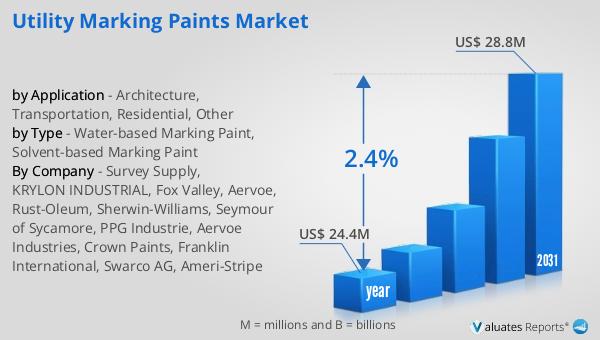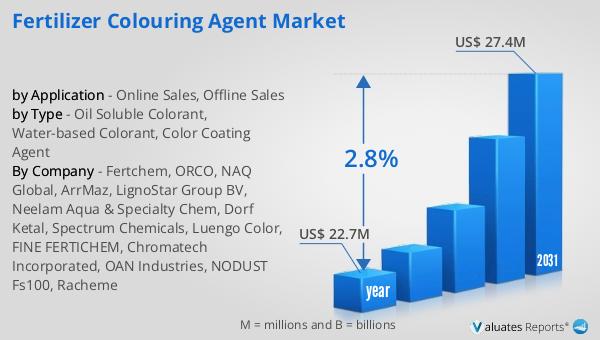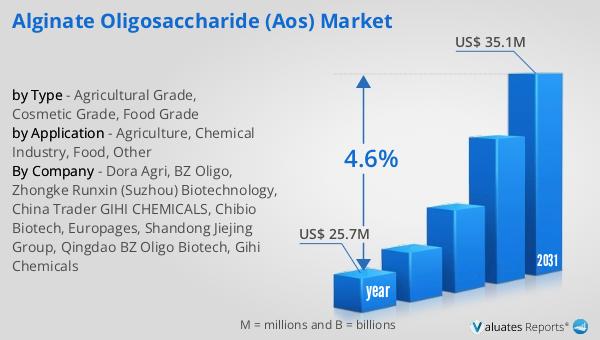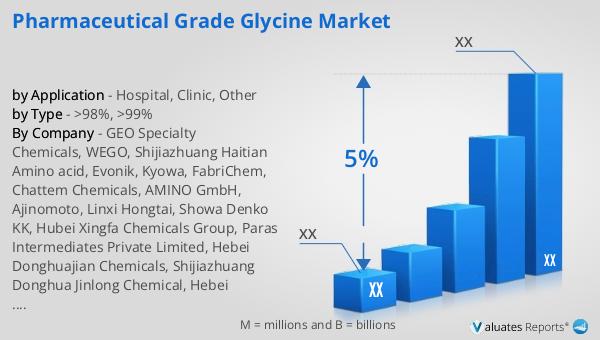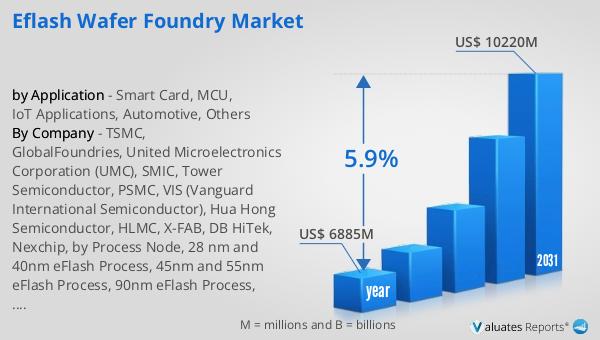What is Global Nanocellulose and Derivatives Market?
The Global Nanocellulose and Derivatives Market is an emerging sector that focuses on the production and application of nanocellulose materials. These materials are derived from cellulose, the most abundant organic polymer on Earth, found in the cell walls of plants. Nanocellulose is characterized by its nanoscale dimensions, which give it unique properties such as high strength, low weight, and biodegradability. The market encompasses various forms of nanocellulose, including nanocrystalline cellulose (NCC), nanofibrillated cellulose (NFC), and bacterial cellulose. These materials are gaining attention due to their potential applications across multiple industries, including paper and board, food products, pharmaceuticals, and cosmetics. The growing demand for sustainable and eco-friendly materials is driving the market, as nanocellulose offers a renewable alternative to synthetic materials. Additionally, advancements in nanotechnology and increased research and development activities are further propelling the market's growth. As industries continue to seek innovative solutions to reduce environmental impact, the Global Nanocellulose and Derivatives Market is poised to play a significant role in the transition towards more sustainable practices. The market's expansion is supported by collaborations between research institutions and industry players, aiming to explore new applications and improve production processes.
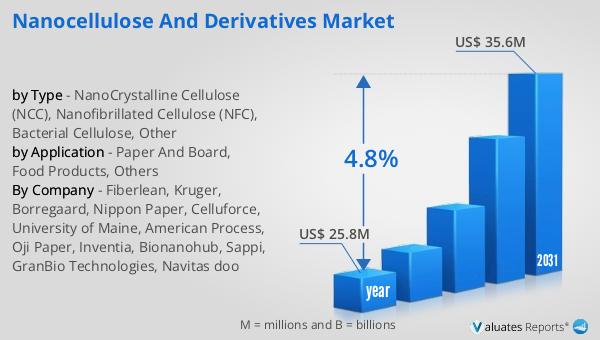
NanoCrystalline Cellulose (NCC), Nanofibrillated Cellulose (NFC), Bacterial Cellulose, Other in the Global Nanocellulose and Derivatives Market:
Nanocrystalline Cellulose (NCC), Nanofibrillated Cellulose (NFC), and Bacterial Cellulose are key components of the Global Nanocellulose and Derivatives Market, each offering distinct properties and applications. Nanocrystalline Cellulose (NCC) is derived from the acid hydrolysis of cellulose fibers, resulting in rod-like nanoparticles with high crystallinity. NCC is known for its exceptional strength and stiffness, making it suitable for reinforcing materials in composites. Its high surface area and ability to form strong hydrogen bonds enhance its potential in applications such as coatings, films, and biomedical devices. Nanofibrillated Cellulose (NFC), on the other hand, is produced by mechanically disintegrating cellulose fibers into a network of fibrils. NFC is characterized by its high aspect ratio, flexibility, and ability to form a gel-like structure in water. These properties make NFC an excellent thickening and stabilizing agent in food products, cosmetics, and pharmaceuticals. Additionally, NFC's barrier properties are utilized in packaging materials to improve moisture resistance. Bacterial Cellulose is produced by certain bacteria, such as Acetobacter xylinum, through a fermentation process. This type of cellulose is highly pure and possesses a unique three-dimensional nanofiber network. Bacterial Cellulose is valued for its high water-holding capacity, mechanical strength, and biocompatibility, making it suitable for medical applications such as wound dressings and tissue engineering. Beyond these primary types, the market also explores other derivatives and modifications of nanocellulose to enhance its properties and expand its applications. For instance, surface modifications can improve compatibility with different matrices, while chemical modifications can introduce new functionalities. The versatility of nanocellulose and its derivatives is driving innovation across various sectors, as industries seek to leverage its unique properties for sustainable and high-performance solutions. The ongoing research and development efforts are crucial in overcoming challenges related to large-scale production, cost-effectiveness, and standardization. As the market continues to evolve, collaboration between academia, industry, and government bodies will be essential to unlock the full potential of nanocellulose and its derivatives.
Paper And Board, Food Products, Others in the Global Nanocellulose and Derivatives Market:
The Global Nanocellulose and Derivatives Market finds diverse applications across several industries, with significant usage in areas such as paper and board, food products, and others. In the paper and board industry, nanocellulose is utilized to enhance the mechanical properties and durability of paper products. By incorporating nanocellulose, manufacturers can produce paper with improved strength, reduced weight, and enhanced printability. Additionally, nanocellulose can act as a barrier against moisture and grease, making it ideal for packaging applications. The use of nanocellulose in paper and board not only improves product performance but also contributes to sustainability by reducing the reliance on traditional wood pulp. In the food industry, nanocellulose serves as a functional ingredient due to its thickening, stabilizing, and emulsifying properties. It is used in various food products to improve texture, consistency, and shelf life. For instance, nanocellulose can be added to dairy products, sauces, and dressings to enhance their viscosity and stability. Its ability to form a gel-like structure also makes it suitable for low-calorie and fat-reduced formulations. Moreover, nanocellulose's biodegradability and non-toxic nature align with the growing consumer demand for natural and clean-label ingredients. Beyond paper and food, nanocellulose finds applications in other sectors such as pharmaceuticals, cosmetics, and electronics. In pharmaceuticals, it is used as a drug delivery agent and a stabilizer in formulations. Its high surface area and biocompatibility make it an attractive option for developing advanced drug delivery systems. In cosmetics, nanocellulose is incorporated into skincare products for its moisturizing and film-forming properties. It can enhance the sensory experience and improve the stability of cosmetic formulations. In the electronics industry, nanocellulose is explored for its potential in flexible and lightweight electronic devices. Its high mechanical strength and transparency make it a promising material for developing flexible displays and sensors. The versatility of nanocellulose and its derivatives continues to drive innovation across these industries, as companies seek to leverage its unique properties for sustainable and high-performance solutions.
Global Nanocellulose and Derivatives Market Outlook:
The global market for Nanocellulose and Derivatives was valued at $25.8 million in 2024, with projections indicating a growth to $35.6 million by 2031. This represents a compound annual growth rate (CAGR) of 4.8% over the forecast period. The market's expansion is driven by the increasing demand for sustainable and eco-friendly materials across various industries. As companies and consumers alike become more environmentally conscious, the appeal of nanocellulose as a renewable and biodegradable alternative to synthetic materials grows. The market's growth is also supported by advancements in nanotechnology and increased research and development activities, which are expanding the potential applications of nanocellulose. Industries such as paper and board, food products, pharmaceuticals, and cosmetics are increasingly incorporating nanocellulose into their products to enhance performance and sustainability. The collaboration between research institutions and industry players is crucial in exploring new applications and improving production processes. As the market continues to evolve, the focus remains on overcoming challenges related to large-scale production, cost-effectiveness, and standardization. The Global Nanocellulose and Derivatives Market is poised to play a significant role in the transition towards more sustainable practices, offering innovative solutions to reduce environmental impact.
| Report Metric | Details |
| Report Name | Nanocellulose and Derivatives Market |
| Accounted market size in year | US$ 25.8 million |
| Forecasted market size in 2031 | US$ 35.6 million |
| CAGR | 4.8% |
| Base Year | year |
| Forecasted years | 2025 - 2031 |
| by Type |
|
| by Application |
|
| Production by Region |
|
| Consumption by Region |
|
| By Company | Fiberlean, Kruger, Borregaard, Nippon Paper, Celluforce, University of Maine, American Process, Oji Paper, Inventia, Bionanohub, Sappi, GranBio Technologies, Navitas doo |
| Forecast units | USD million in value |
| Report coverage | Revenue and volume forecast, company share, competitive landscape, growth factors and trends |

